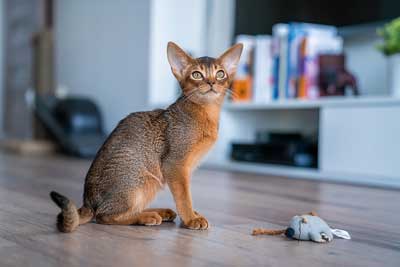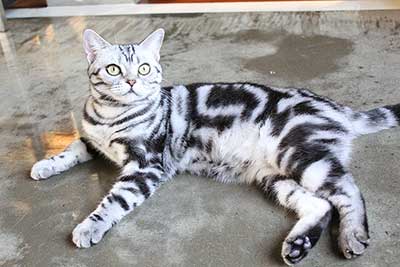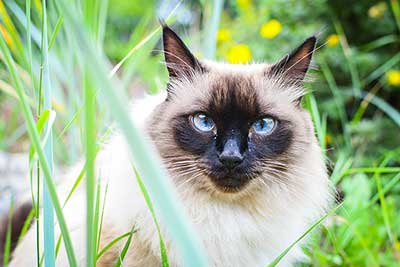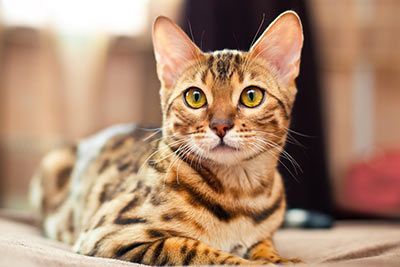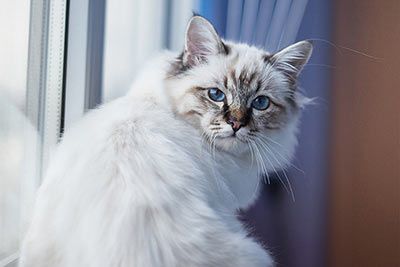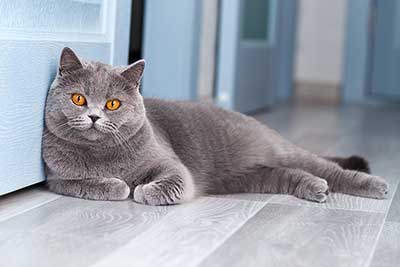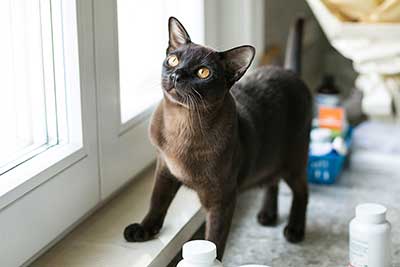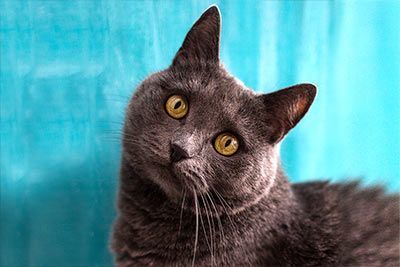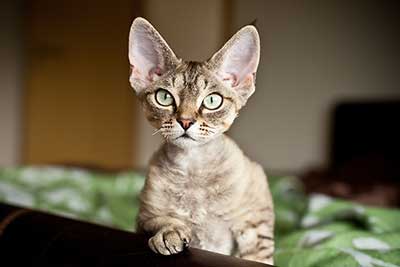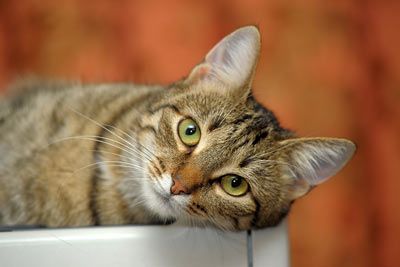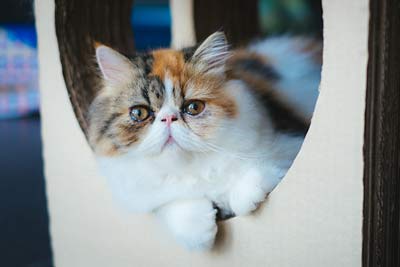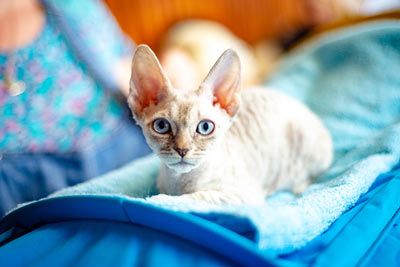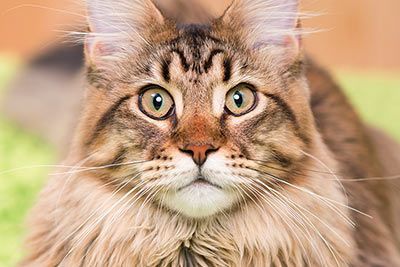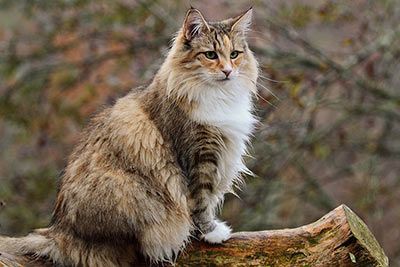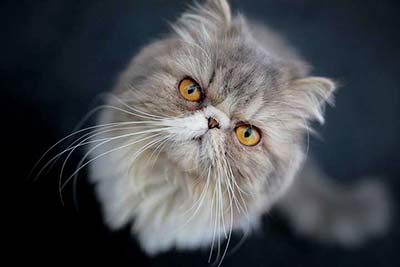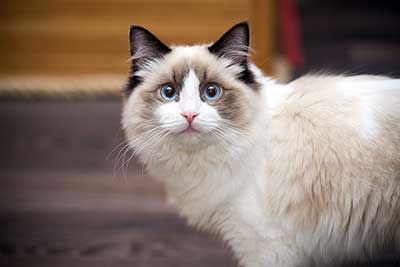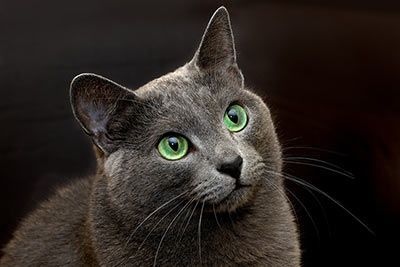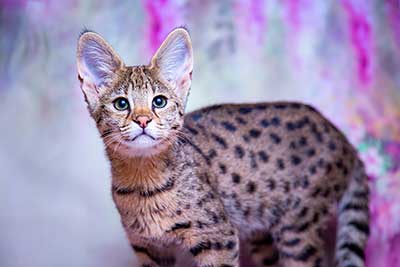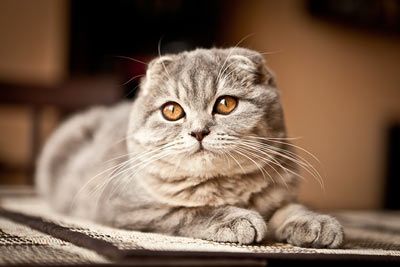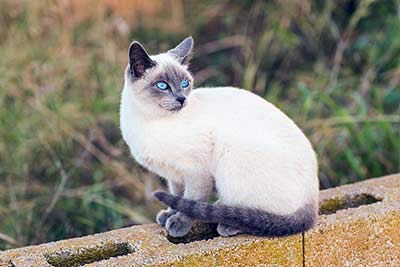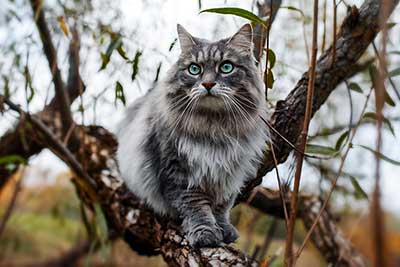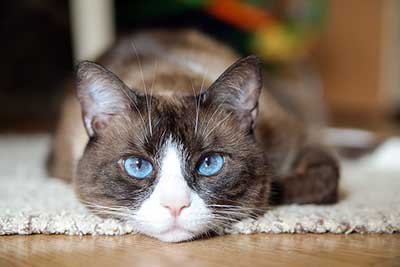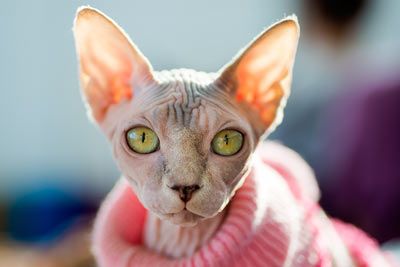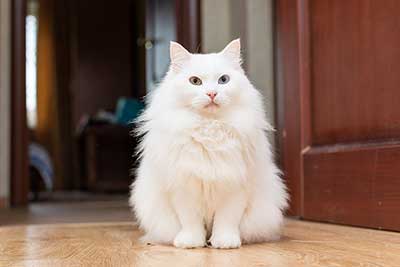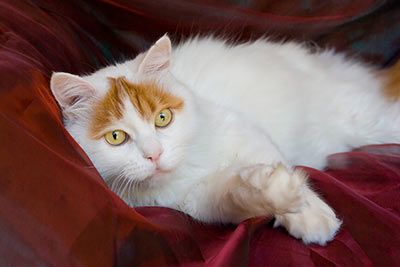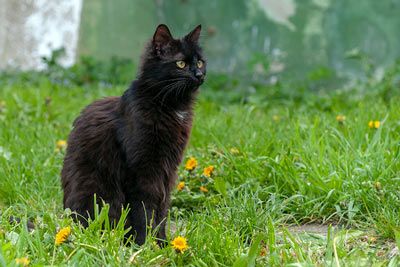How Much Food Does a Cat Need, and How Expensive Is It?
With these tables you can roughly determine how much you have to spend on cat food per month.
Please note that costs vary based on age, weight and energy needs. A balanced mix of dry and wet food is usually best.
How much food a cat needs depends on the following:
- How big is the cat?
- How heavy is the cat?
- How old is the cat?
- How active is the cat?
Large cats in particular, such as Maine Coons, Ragdolls, Norwegian Forest cats or Siberian cats, have higher energy requirements. Active cats who romp around a lot and like to roam outside can also offer a little more food. Older ones, on the other hand, don't need as much food anymore because they're not growing anymore. There are also velvet paws who prefer to lie lazily on the windowsill. You don't need a bowl that's always filled to the brim.
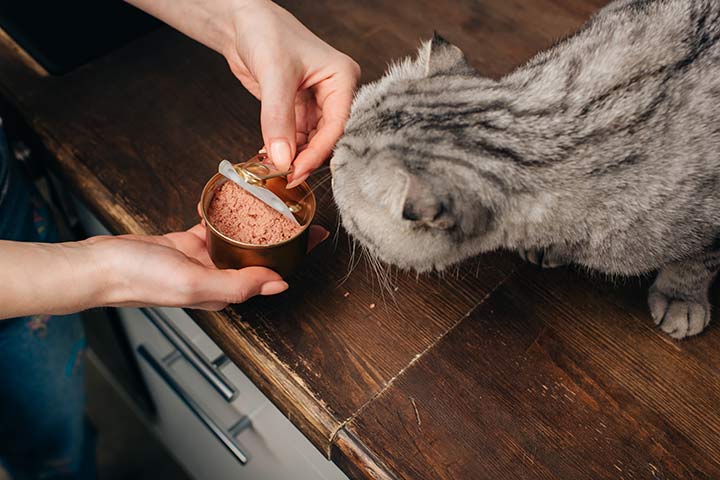
Daily Food Requirements
In this table we look at the daily requirement based on body weight. The information is primarily intended as a rough guideline.
| Weight | Wet Food | Dry Food |
|---|---|---|
| Up to 4.4 lbs (2 kg) | 4.2-5.6 oz (120-160 g) | 0.7 oz (20 g) |
| Up to 6.6 lbs (3 kg) | 5.2-7.4 oz (150-210 g) | 1 oz (30 g) |
| Up to 8.8 lbs (4 kg) | 7.4-9.1 oz (210-260 g) | 1.7 oz(50 g) |
| Up to 11 lbs (5 kg) | 9.1-11.2 oz (260-320 g) | 2.1 oz(60 g) |
Cost of Cat Food per Month
The table applies to adult cats. Males usually weigh a little more, so they need more food.
| Wet food | Cheap food | Expensive food |
|---|---|---|
| Adult female | $ 30 | $ 100 |
| Adult male | $ 35 | $ 120 |
| Dry food | Cheap food | Expensive food |
|---|---|---|
| Adult female | $ 8 | $ 40 |
| Adult male | $ 10 | $ 50 |
(Valid: November 2023)
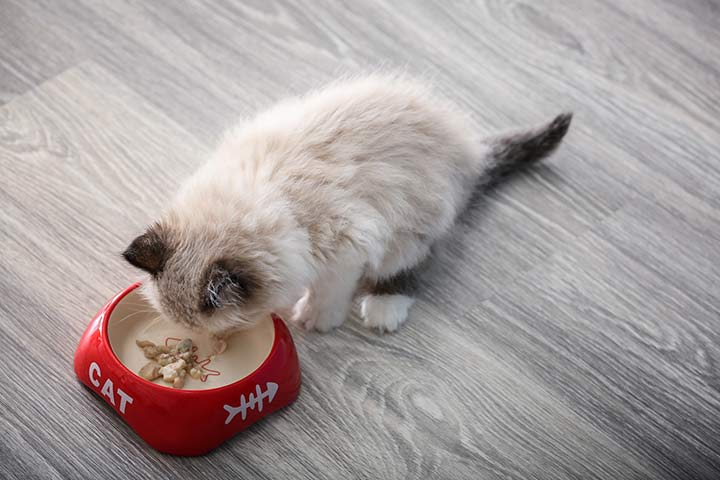
Is Expensive Food Better?
Yes, most of the time. Cheap supermarkets offer food at low prices. Cheap cat food can be good, but often contains far too much plant matter. High quality usually doesn’t come cheap. You can use this table to work out roughly how much you’ll have to spend on food. Please note that costs may differ depending on age and energy needs. It’s best to use a balanced mix of wet and dry food.
High-Quality Food = Healthy Cat?
Of course, feeding your cat high-quality food isn’t a guarantee for a permanently healthy cat. On the other hand, a cat that only eats poor food isn’t necessarily going to get sick. Genetic predisposition, digestion and lifestyle play a significant role. However, when you’re checking the food label, it’s useful to know what your four-legged friend actually needs and what tricks you can use to filter out low-quality food.
Food Costs vs. Vet Costs
Paying so much for pet food can be a shock at first. But: if your pet’s food is nutritious, they have a lower risk of age-related health problems or even organ damage due to improper nutrition. This doesn’t just save on vet bills; it also saves your pet stress and pain. Of course, you can’t rule out all illnesses, but you should consider that even “minor” operations like dental treatments require general anesthetic, which puts a lot of strain on little bodies.
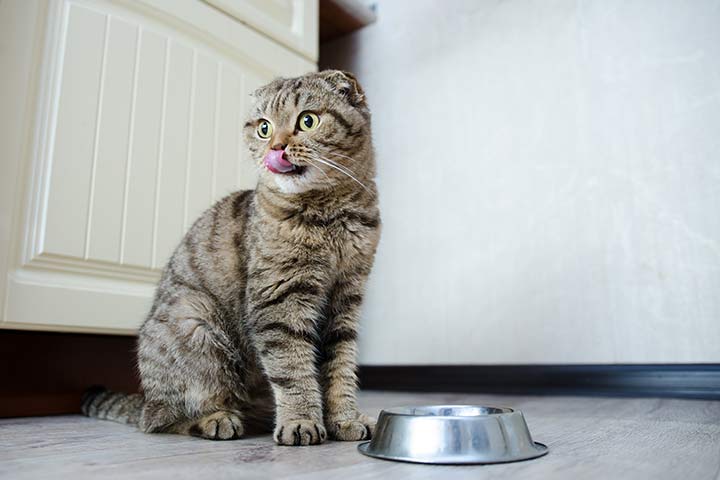
What to Keep In Mind When Choosing Food:
• No grains
Cat food without grains is easier for most cats to digest, and reduces the risk of allergies, long-term organ damage or intolerances. The food also shouldn’t contain any plant oils (a very small amount is ok), rice, corn or soy. Grain-free food is usually sold as “sensitive” or “grain-free”. You can even filter search results on online shops to find grain-free food.
• No added sugar
Cat food should NEVER contain sugar, inulin or caramel. Apart from the fact that it’s bad for their teeth and can cause cavities, the only purpose of these ingredients is to make bad-quality meat taste and smell better. Good food doesn’t need that.
• Check the ingredients list
Good food generally lists all its ingredients. Especially the meat. If the packaging just states “meat and animal products”, then the company may have mixed abattoir byproducts or even indigestible parts such as beaks and claws into the food.
Thanks to Dani for her useful tips and information!
- More infos in our main article:
- How Much Does a Cat Cost per Month?

